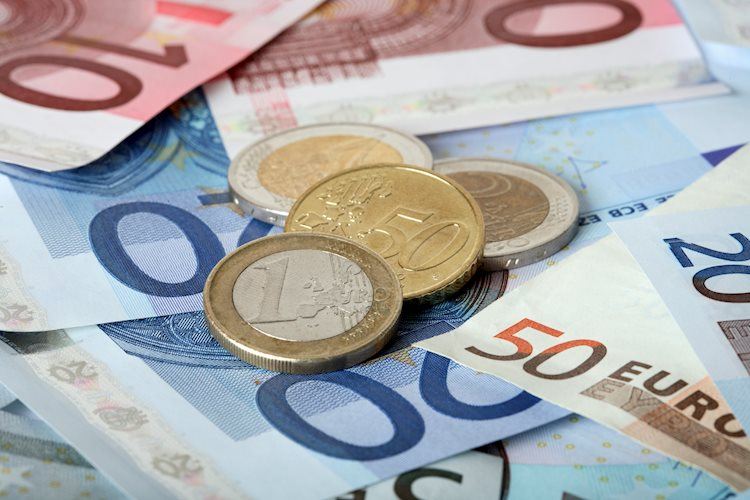The EUR/USD pair lost a third of a percent on Thursday as the European Central Bank (ECB) cut rates as expected, weakening support for the Euro. On the other hand, US data surpassed market forecasts, boosting the Greenback even further. The lack of bullish momentum has caused the Euro to continue its downward trend, with the pair down over 3.5% from its peak in late September.
The ECB carried out a quarter-point rate cut, aligning with market expectations, which saw a 25 bps decrease in the rates on Deposit Facility and Main Refinancing Operations Rate, easing the reference rates to 3.25% and 3.4%, respectively. Additionally, Europe’s final Harmonized Index of Consumer Prices (HICP) inflation for the year ended September came in lower than expected at 1.7% YoY compared to the forecasted 1.8%.
With the EU Leadership Summit scheduled for Friday, the Euro is unlikely to gain much confidence as policymakers grapple with economic challenges. Meanwhile, in the US, Retail Sales grew by 0.4% in September, beating market forecasts of 0.3%. Initial Jobless Claims for the week ended October 11 also surpassed expectations, coming in at 241K.
The Euro/USD pair has seen significant bearish pressure, breaking below key support levels, signaling a bearish trend. The Moving Average Convergence Divergence (MACD) indicator shows no signs of reversal, suggesting the bearish momentum could persist. If the pair fails to hold above the support levels, further declines are possible, with major support seen around 1.0750. On the other hand, a recovery above 1.0900 could signal a shift in momentum towards the bulls.
The Euro is the currency for 19 European Union countries in the Eurozone and is the second most traded currency globally after the US Dollar. The European Central Bank (ECB) based in Frankfurt, Germany, plays a crucial role in setting interest rates and managing monetary policy to maintain price stability. Inflation data, economic indicators, and the Trade Balance are all important factors that can impact the value of the Euro.
EUR/USD is the most heavily traded currency pair in the world, with an estimated 30% of all transactions involving these two currencies. The Eurozone’s economic data, including GDP, PMIs, employment, and consumer sentiment, can influence the direction of the Euro. A strong economy is favorable for the Euro, attracting foreign investment and potentially leading to interest rate hikes by the ECB.
Overall, the EUR/USD pair remains under pressure due to the recent rate cut by the ECB and strong US economic data. The bearish momentum could persist if the Euro fails to find support. Traders should keep an eye on key support and resistance levels to gauge the pair’s next move in the forex market.











